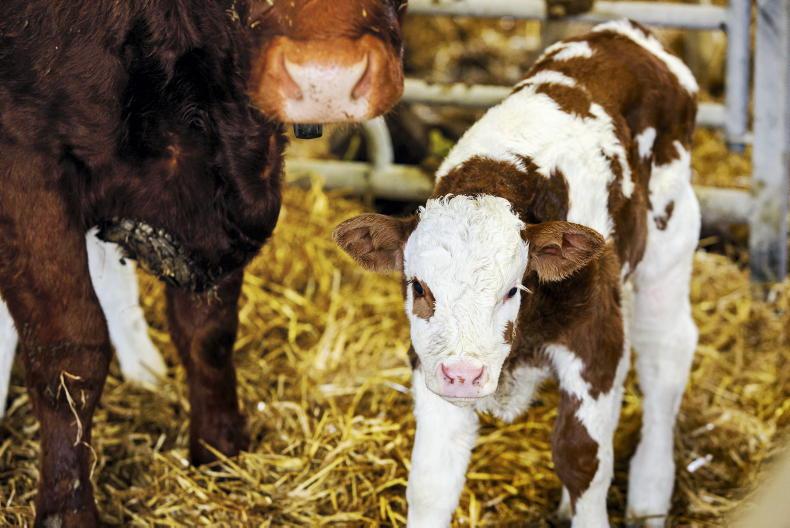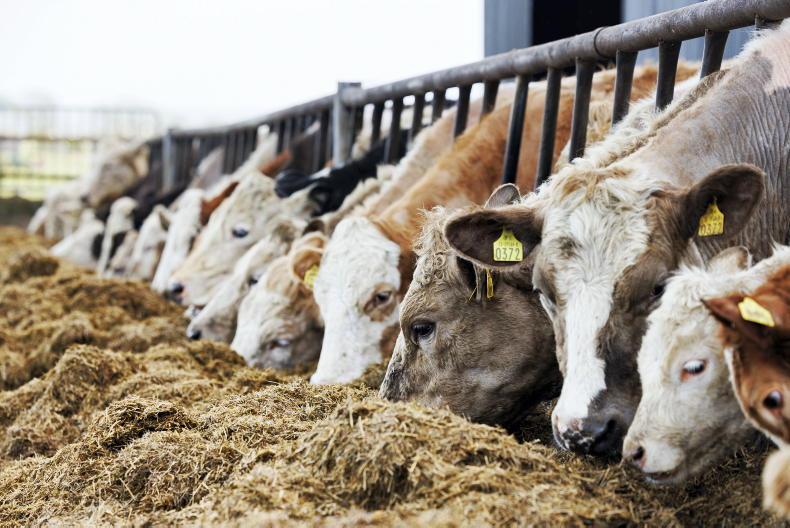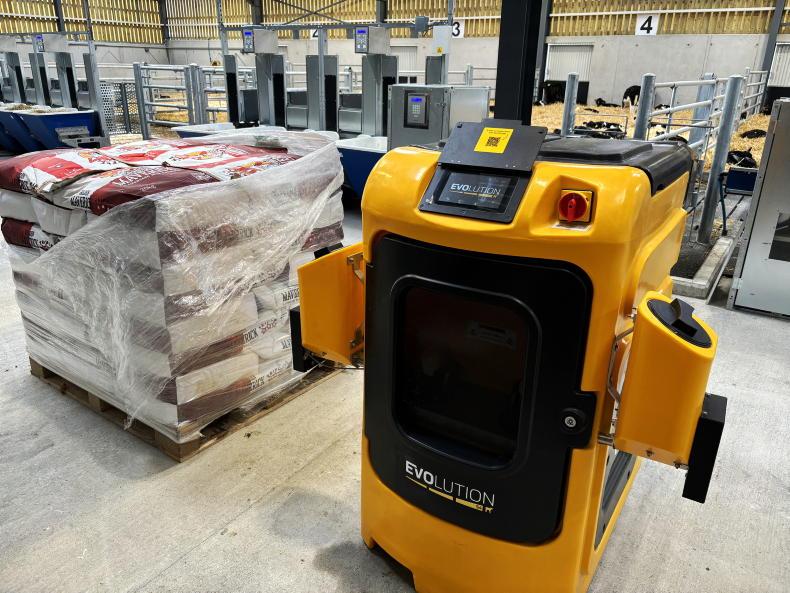There has traditionally been a two-tier approach to breeding cows between liquid and manufacturing milk herds.
Spring calving herds have tended to use more commercial, functional bulls regardless of background while liquid milk herds have focussed more on pedigree, type and milk volume.
Considering that the majority of milk being produced by liquid milk herds is used for manufacturing and paid a manufacturing price and that most milk is produced off grass, it’s important that the tail doesn’t wag the dog when it comes to picking bulls on liquid milk farms.
For me, the Economic Breeding Index is the best barometer of this as it is focused just on economics. Using predominately low EBI bulls in a breeding programme is therefore not commercially focused.
Putting too much emphasis on milk volume, to the detriment of fertility, fat and protein percent and cow size is not demonstrating a commercial focus.
These traits are as important to liquid milk farmers as they are to spring milk producers and so there is really no reason why the same or similar bulls are not used in both systems.
Maintaining a pedigree status is possible while using high EBI bulls.
Here are a few pointers when picking bulls;
If using genomics use a team of 10 or 12 bulls with a spread of sires so as not to be too reliant on any one bull. Kilfeacle Pivotal is the dominant sire at the moment as he has sired many of the top AI bulls. If his proof falls after becoming daughter proven then the EBI of all the other bulls will fall too. Use sexed semen with caution. There is now pretty widespread availability of sexed semen in the top Irish bulls but this doesn’t mean it should be widely used. There will be lower conception rates to sexed semen, resulting in a more spread out calving pattern. Most farmers use sexed semen to reduce the amount of male dairy bred bull calves being born. However, there is usually good demand for autumn born calves regardless of breed so moving dairy bred bulls isn’t as big a challenge like it is for spring herds. Therefore, I would suggest using it with caution and only on cows calved over 50 days, no health issues and in good body condition score.Heat detection is harder on winter milk herds because cows standing on concrete do less mounting and so it’s harder to identify which cows are in heat. Many farmers are using automated heat detection to help with this task but manual aids have a role to play also. Scratch cards and crayons seem to work better than tail paint when cows are housed. Substantial changes to the Nitrates Directive are likely to have a disproportionate impact on winter milk producers.
This is because higher yielding herds such as winter or liquid milk producers will be deemed to have a higher organic nitrogen excretion rates per cow meaning each hectare can carry less cows.
Any herd producing more than 6,500kg (6,300l) of milk per annum on average will be deemed to be in the top band for nitrogen excretion rates at 106kg N/ha.
With an upper limit of 250kg N/ha under the derogation, this means that the maximum stocking rate will be 2.35 cows/ha. When the upper limit in the derogation falls to 220kg N/ha in 2024, the maximum stocking rate will be 2.07 cows/ha.
Importantly, milk yield is being taken as the average of the last three years and is calculated based on total milk supplied to milk processor divided by average cow numbers.
There has traditionally been a two-tier approach to breeding cows between liquid and manufacturing milk herds.
Spring calving herds have tended to use more commercial, functional bulls regardless of background while liquid milk herds have focussed more on pedigree, type and milk volume.
Considering that the majority of milk being produced by liquid milk herds is used for manufacturing and paid a manufacturing price and that most milk is produced off grass, it’s important that the tail doesn’t wag the dog when it comes to picking bulls on liquid milk farms.
For me, the Economic Breeding Index is the best barometer of this as it is focused just on economics. Using predominately low EBI bulls in a breeding programme is therefore not commercially focused.
Putting too much emphasis on milk volume, to the detriment of fertility, fat and protein percent and cow size is not demonstrating a commercial focus.
These traits are as important to liquid milk farmers as they are to spring milk producers and so there is really no reason why the same or similar bulls are not used in both systems.
Maintaining a pedigree status is possible while using high EBI bulls.
Here are a few pointers when picking bulls;
If using genomics use a team of 10 or 12 bulls with a spread of sires so as not to be too reliant on any one bull. Kilfeacle Pivotal is the dominant sire at the moment as he has sired many of the top AI bulls. If his proof falls after becoming daughter proven then the EBI of all the other bulls will fall too. Use sexed semen with caution. There is now pretty widespread availability of sexed semen in the top Irish bulls but this doesn’t mean it should be widely used. There will be lower conception rates to sexed semen, resulting in a more spread out calving pattern. Most farmers use sexed semen to reduce the amount of male dairy bred bull calves being born. However, there is usually good demand for autumn born calves regardless of breed so moving dairy bred bulls isn’t as big a challenge like it is for spring herds. Therefore, I would suggest using it with caution and only on cows calved over 50 days, no health issues and in good body condition score.Heat detection is harder on winter milk herds because cows standing on concrete do less mounting and so it’s harder to identify which cows are in heat. Many farmers are using automated heat detection to help with this task but manual aids have a role to play also. Scratch cards and crayons seem to work better than tail paint when cows are housed. Substantial changes to the Nitrates Directive are likely to have a disproportionate impact on winter milk producers.
This is because higher yielding herds such as winter or liquid milk producers will be deemed to have a higher organic nitrogen excretion rates per cow meaning each hectare can carry less cows.
Any herd producing more than 6,500kg (6,300l) of milk per annum on average will be deemed to be in the top band for nitrogen excretion rates at 106kg N/ha.
With an upper limit of 250kg N/ha under the derogation, this means that the maximum stocking rate will be 2.35 cows/ha. When the upper limit in the derogation falls to 220kg N/ha in 2024, the maximum stocking rate will be 2.07 cows/ha.
Importantly, milk yield is being taken as the average of the last three years and is calculated based on total milk supplied to milk processor divided by average cow numbers.









SHARING OPTIONS